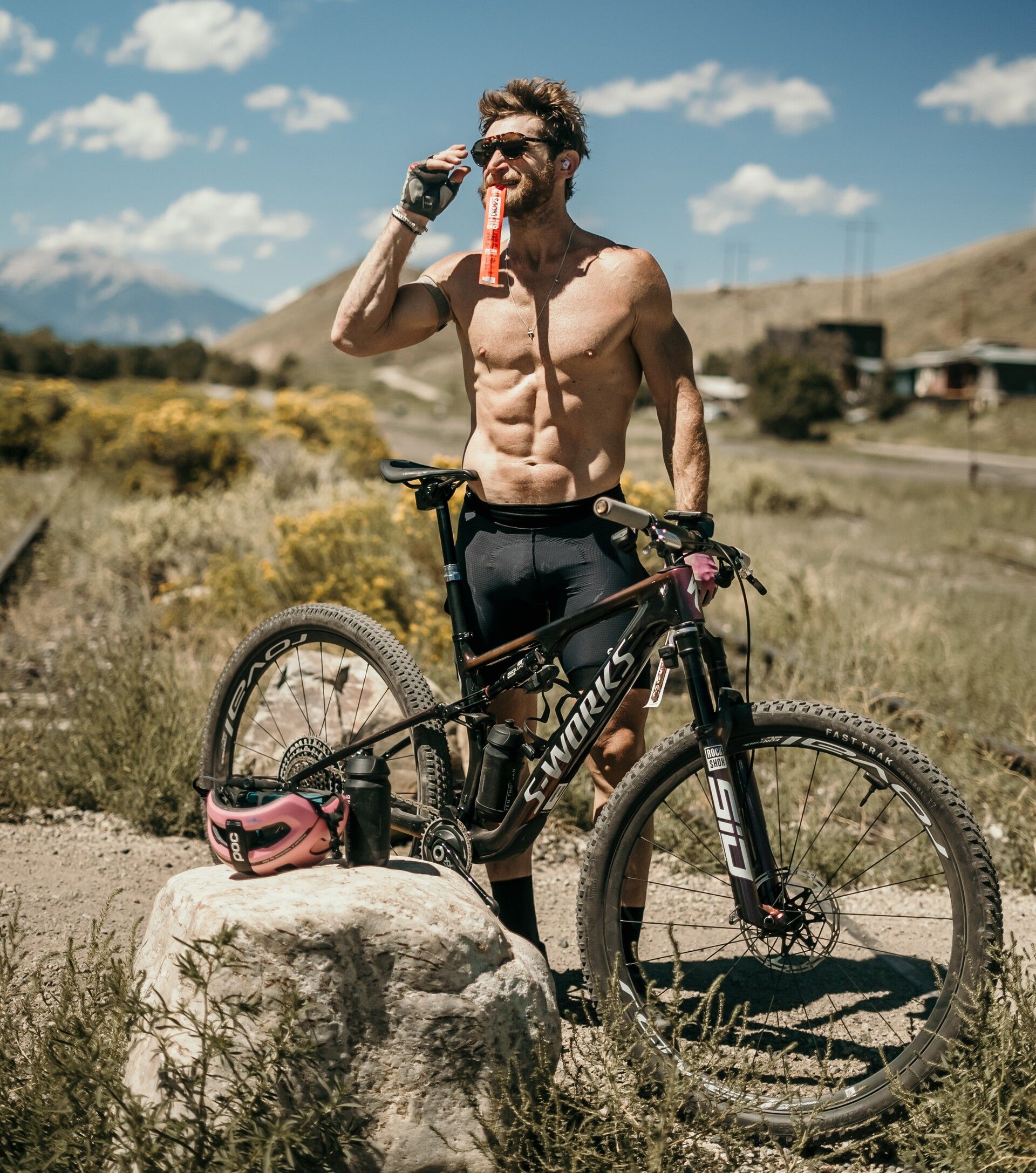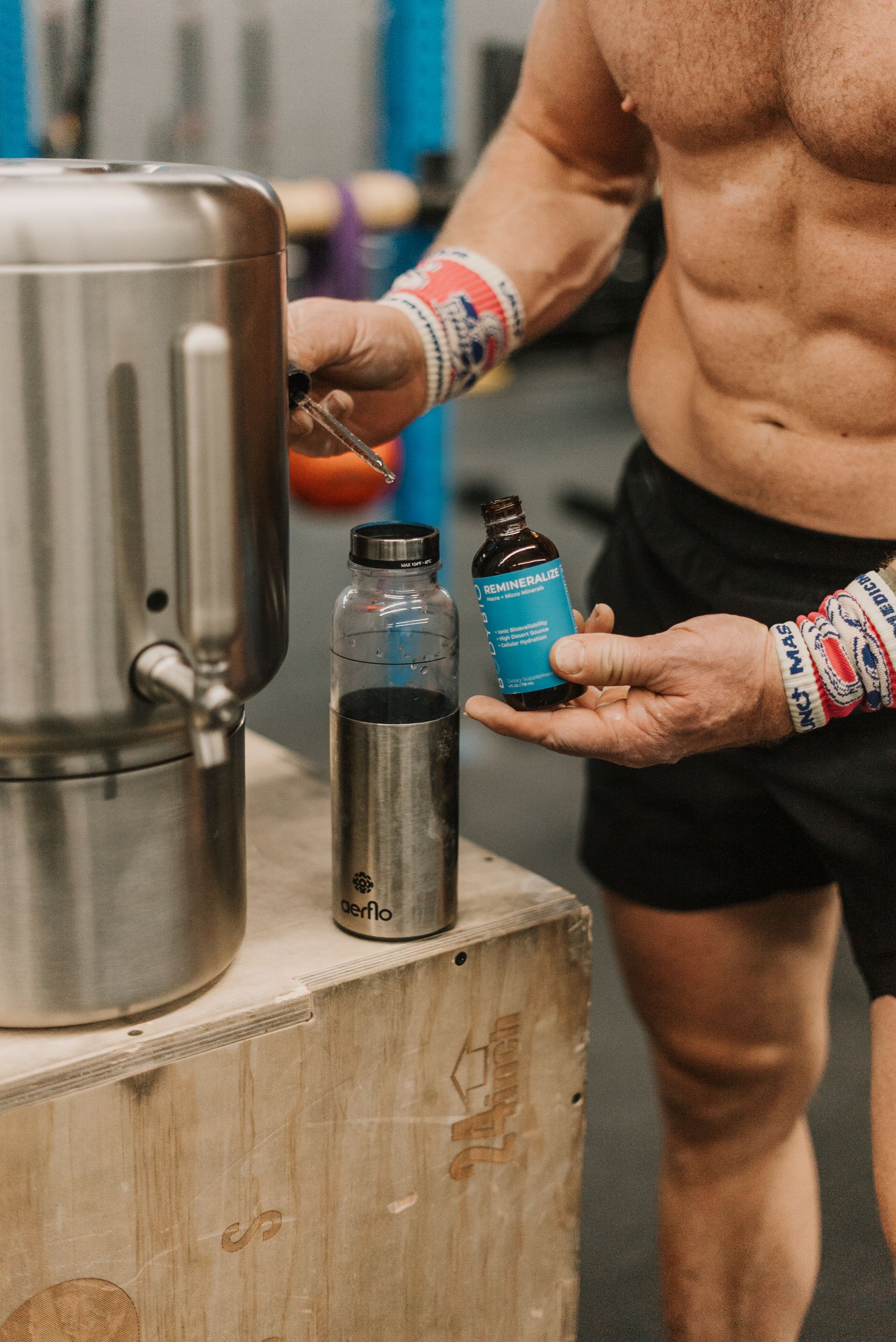- The Movement Memo
- Posts
- The Truth About Ironman Training
The Truth About Ironman Training
Volume, recovery, gear, and the mistakes I made so you don’t have to.
My Story
The Truth About Ironman Training

The first question I get about Ironman: “How many hours do you have to train?”
The real answer? More than you think, but less if you do it right. In my peak weeks, I was training 20–25 hours. What carries you isn’t ego. It’s consistency, patience, and a whole lot of recovery.
If you’re training for Ironman, here’s the playbook I wish I had, straight from my mistakes, my training years, and what actually worked.
Training Plan
How Long Do You Really Need to Train?
A quick training overview based on your starting point:

Training Plan
Mistakes I Made So You Don’t Have To
Looking back, here are a few things I’d approach differently if I wanted to optimize performance:
Too much intensity. I spent a lot of time in the “grey zone” instead of building my aerobic base.
Skipped recovery days. I thought more was always better. In reality, rest unlocks the gains.
No off-season. I stayed “on” year-round. A reset would have kept me fresher long-term.
Low-carb fueling. Good for endurance, but I didn’t have the carbs I needed for higher-intensity work.
Partner Corner
If you have a water filter, especially reverse osmosis, you need to add minerals back in…
I use BodyBio’s ReMineralize to make sure my water actually hydrates. Simple, effective, and a big difference in performance. |
Training Plan
Fueling Done Right
For years, people were told 30–60g of carbs an hour was enough. The science (and the sport) has evolved.
These days, the sweet spot for most endurance athletes is 60–90g/hour. And at the elite level, some are pushing 150–160g/hour — but only if they’ve trained their gut to handle it.
The key: don’t surprise your stomach on race day. Fueling is part of training.
Train your gut in workouts, not just race day
Balance fat adaptation with carbs when you need intensity
Find the exact mix that works for you and repeat it until it’s second nature
Coach’s Note
Cramping isn’t always about salt. Most of the time, it’s your body saying: “We haven’t been here before.” Build muscular endurance with long sessions.
Training Plan
Recovery Reset
Training breaks you down. Recovery is where you actually get stronger.
Sauna + Cold Plunge: My favorite combo for resetting both body and mind (and where I’ve had some of my best conversations).
Normatec boots + sleep: Simple tools, huge difference.
One full rest day a week: I ignored this for years. Don’t.
Gear Talk
Save Time with Gear
You can absolutely finish Ironman on a road bike with clip-on aero bars. But if you want to shave time, gear makes a difference:
Carbon wheels: Add ~1 mph. That’s minutes saved.
Aero helmet + fit: Free speed over 112 miles.
Carbon-plate run shoes: Efficiency compounds when your legs are cooked.
Comfortable bike shoes: Overlooked, but comfort = speed.
Wetsuit: Swim faster with less effort.
Ironman is built in the months before race day. Train smart, recover hard, and trust the process.
Stay relentless,
Eric
P.S. You can see the full video of [Ironman Training Tips here] including tips on pacing, hills, and how to keep yourself from blowing up too early.
